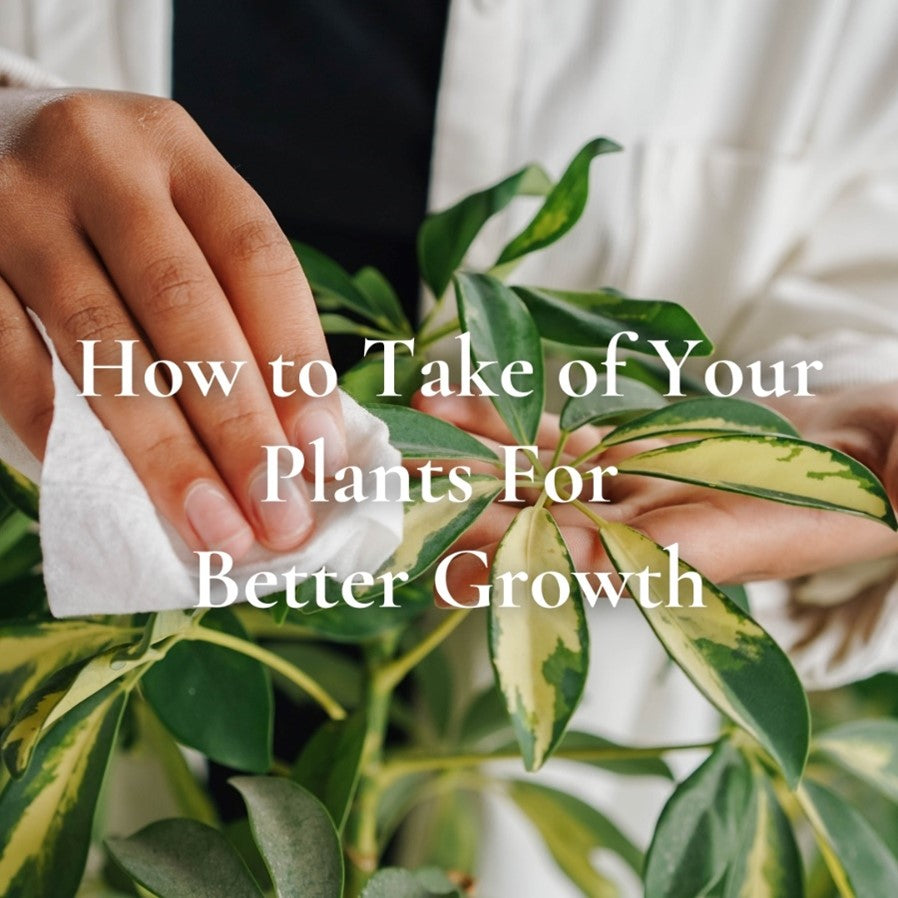How to Prune and Shape Plants for Controlled Growth
- For better growth and health of your green buddies pruning is very essential. Pruning is nothing but shaping and trimming the plant in certain way for controlled growth and health. Pruning is not a very lengthy or tine consuming process, it can be done with sharp scissors and gardening shears. Do not forget to fertilise and water your plants according to its needs.
- Pruning can style a plant into a certain shape (particularly with bonsais), keep it contained to its pot, and remove dead or dying foliage. It might even result in creating lovely little flowers. And, yes, it can keep your plant's foliage looking fresh if it's grown a little unruly. It’s an act of love for your plants!

What to know:
For Successful trimming and shaping your houseplants does not require much all you need is a good, clean pair of gardening shears or scissors and some knowledge of how plants work and what is needs. Some plants need to be cut for the controlled growth, while others are done so for its need to have a better ventilation.
Pruning does not means cutting only dead leaves or getting read of dying plant leaves. Best timing for pruning your plants is usually summer and spring as they are growing the most during those times, during those times you can understand the growth easily and make adjustments according your plant needs. It can be done to both vines and trees to encourage new, fuller growth along the plants, as well as to get rid of any yellowing or dead sections.
It is okay for most houseplants to be pruned and cut, however, there are certain kinds that should be taken care of, these include most palms and tree ferns. Dead leaves can be removed from these plants but never form branches, so the top areas of growth should not be cut off, otherwise it will effectively kill the plant.

Taking care of dead or dying leaves
Cutting or plucking away yellow or dead leaves is an easy way to help prevent any unwelcome pests from settling onto your plant, which are usually attracted to dying or dead leaves more than healthy ones, and they are more likely to appear on a struggling plant. You can also use shear or scissor to cut of those leaves, it’s better to cut the leaves close to their natural shape. Make sure not to cut off any green or healthy leaves with that.
By trimming or plucking the yellow leaves the plants appearance gets better and the infection by pests can stop there only. It is better for leaves which are turning yellow to fully turn yellow before cutting as the infection is already spreading in the leaf. That also makes easy for us to pull out dead leaves without disturbing the plant.

Regular Pruning
Some plants need can be taken care of on a regular basis, and all the plants need pruning from time to time. On a regular basis pulling off yellowing or brown leaves, trimming away a few stems or vines, or other smaller items, can all be done as needed throughout the year to keep your plants looking healthy. It is best to prune during summer and spring for controlled growth. To cut a sizeable amount of plant or leaves it is best to do during those time as well, so plant can thrive nicely after the trimming. Avoid pruning much during winter and fall seasons as it can take a while for your plant to grow back leaves.

Pruning Plants
It is very essential for plants and trees to prune, all one need for pruning is a pair of scissors or shears to cut off the branches of the plant which is over grown or dead. It is advised for tools to be cleaned well with water and a spoon of bleach for it to be antiseptic so plants are not exposed to bacteria and pests while you prune them, also you can wear gardening gloves before working on the plants for more safety. Make sure that your tools are sharp that makes it easier for you to cut the plant and not damage it. Check the plant for any stems that are unusually long, they may appear loose or may be falling off different areas of the plant. Pruning those leggy stems will help the plant to grow in a fuller, more even pattern. Use the tools to cut the leggy stems back to one third their length, cutting at a 45-degree angle.

Pruning Vines
Pruning vines is very similar to trimming your usual houseplants. Although, that involves slightly more work than regular pruning. It is suggested for indoor vines to grow with the support of any surface or wandering stems. With vines, substantial pruning should be done during the spring or summer to cut them back to a manageable form. Many vines are rampant growers when they're healthy.

Plants that are not to be Pruned
There are plants which does require little or no pruning at all. Such as palms and snake plants, these plants have a terminal dominant bud but do not possess latent buds. That means removing the dominant bud will kill the plant, so it's best to let these species be. Even many varieties of Orchids do not require pruning more than removing dead flower spikes, as they have a tendency to bloom post removing the spikes from the leaves as well.
This process will help your plant live longer and healthier life, pruning is one of the most trusted processes by all the plant growers.
Enjoy taking care of your plants and be one with nature. For any help you can feel free to write to us on support@mybageecha.com. You can shop for your favourite plants and home decor with nature on mybageecha.com, India's most trusted online nursery.






